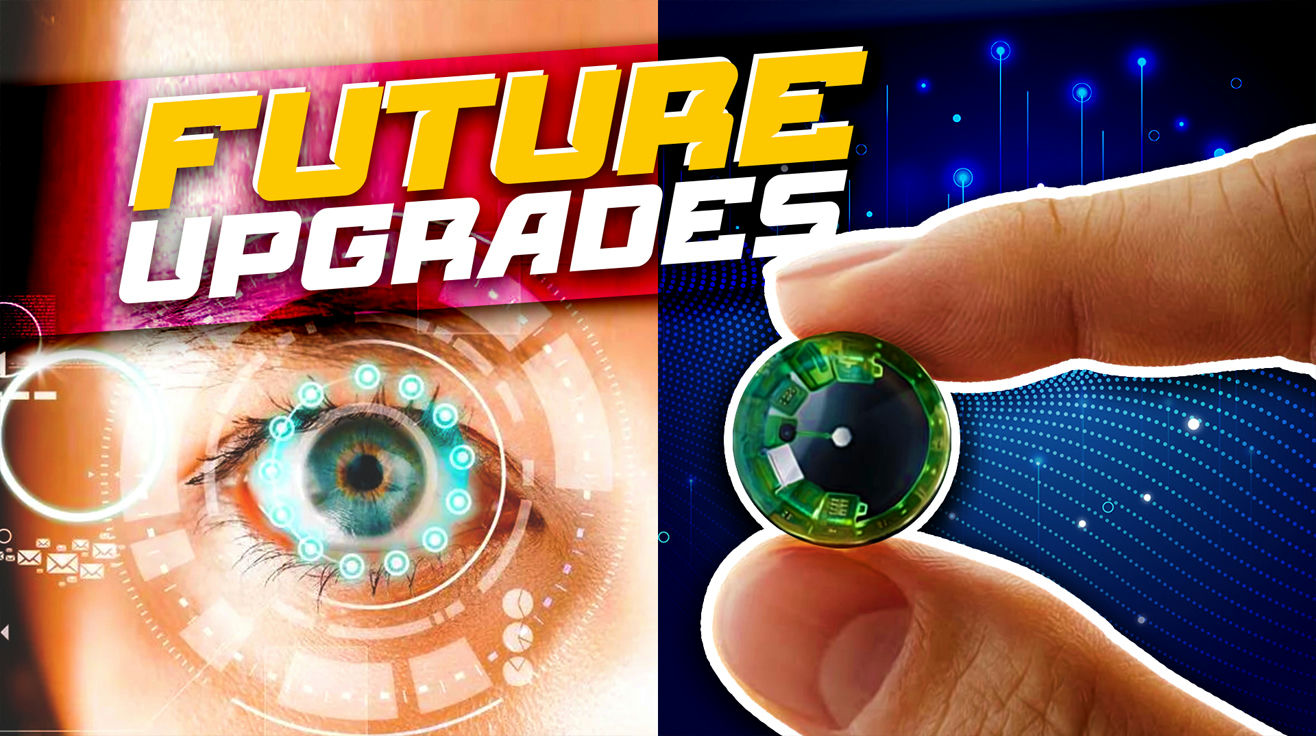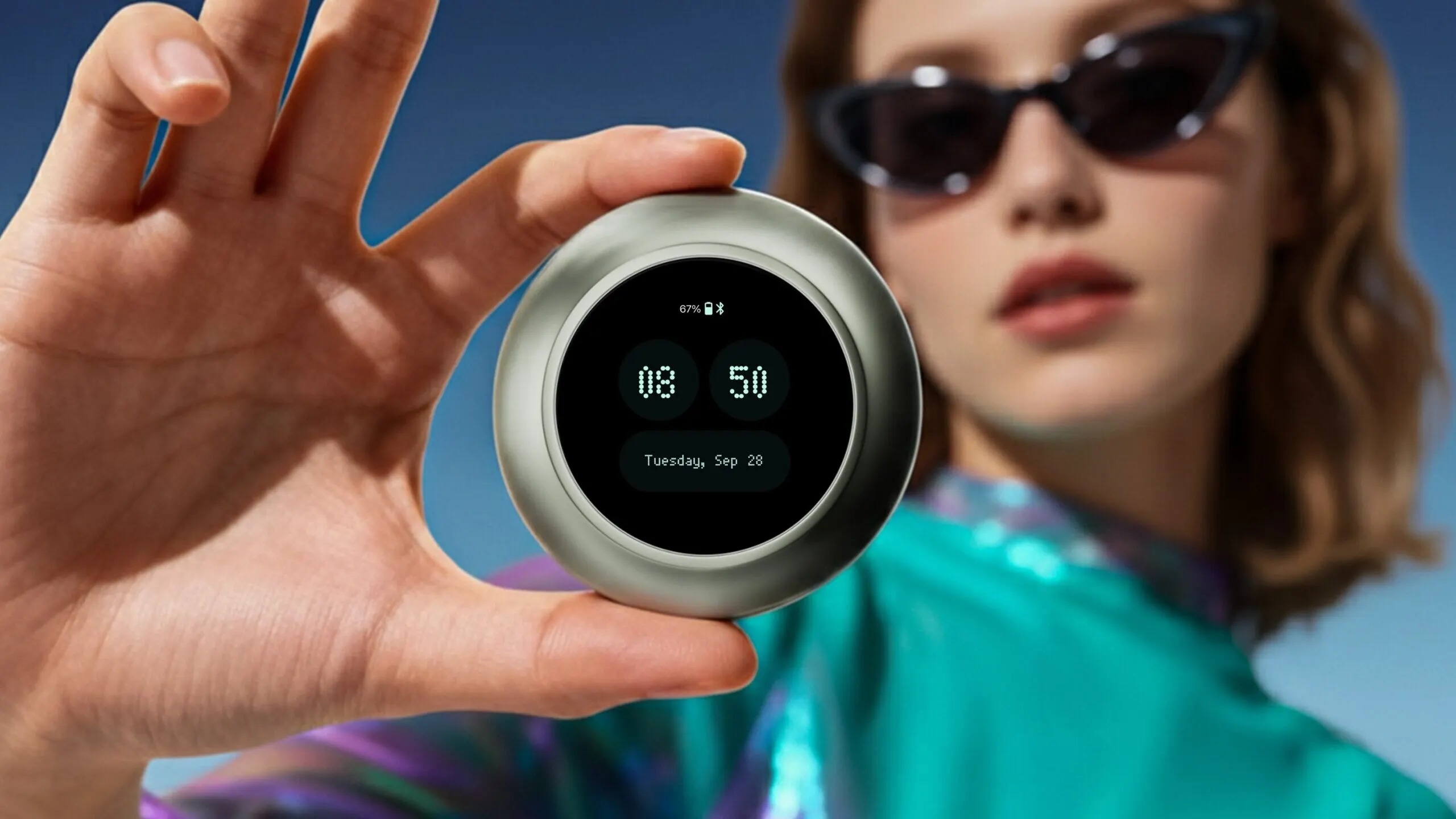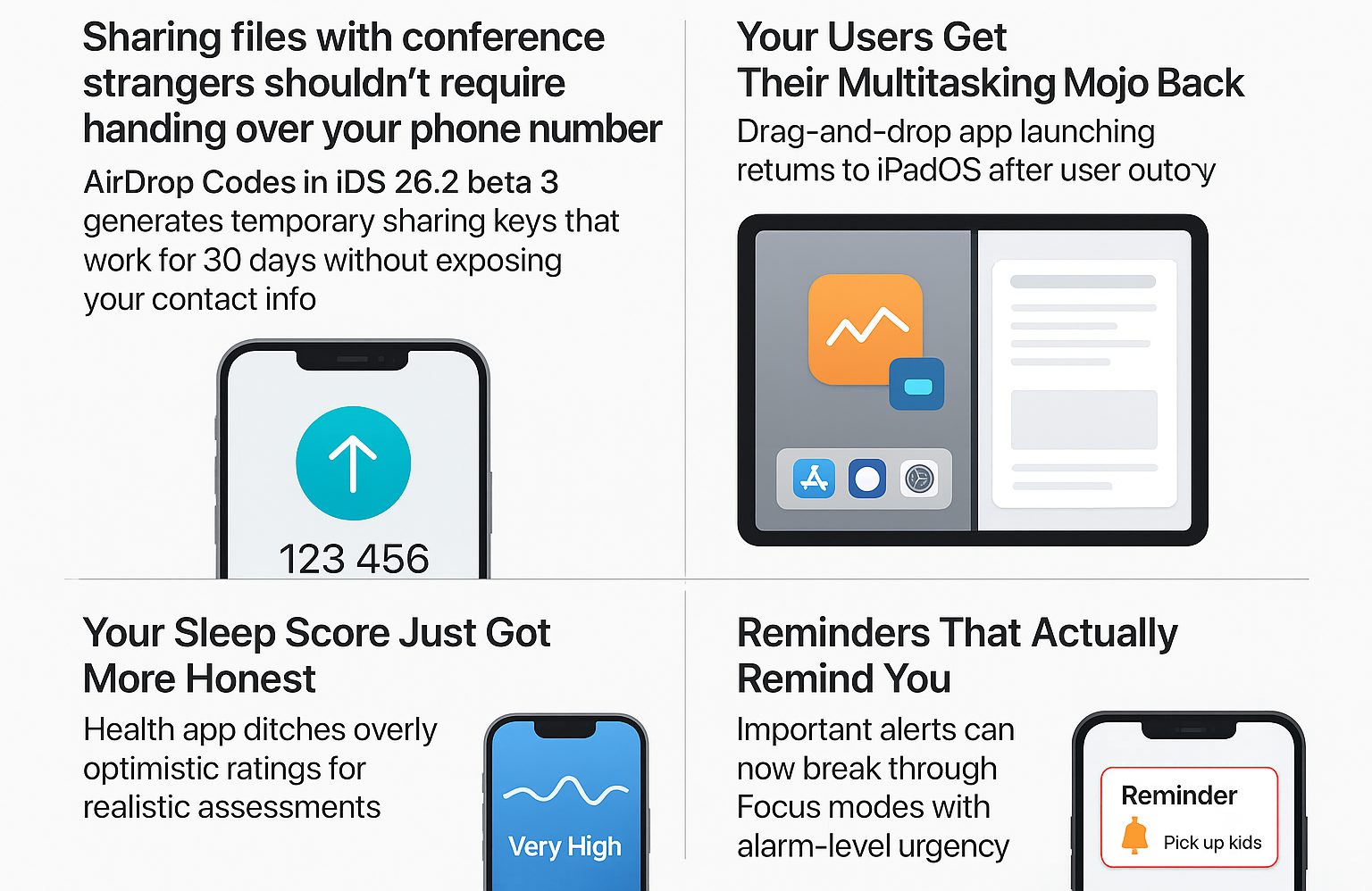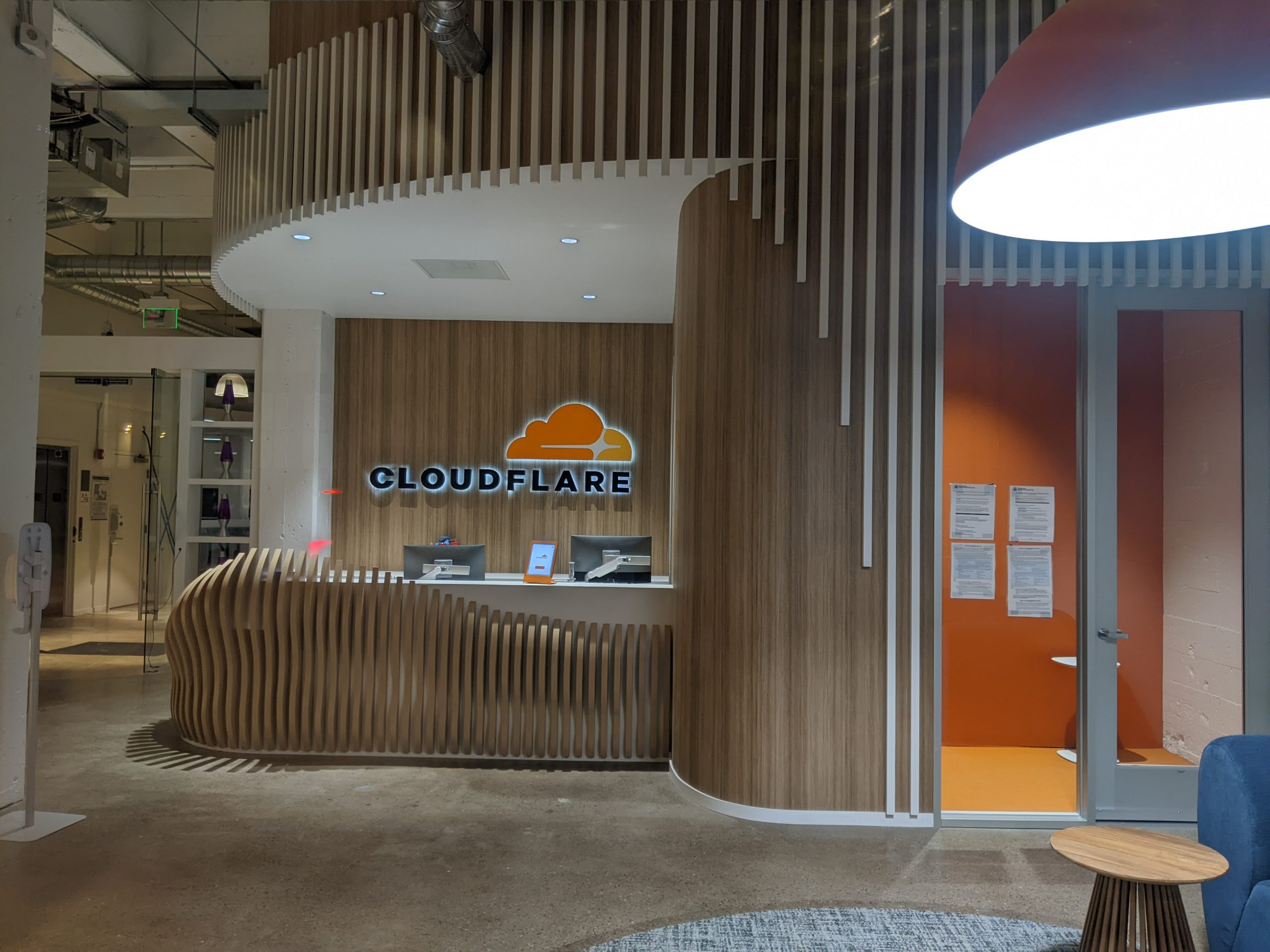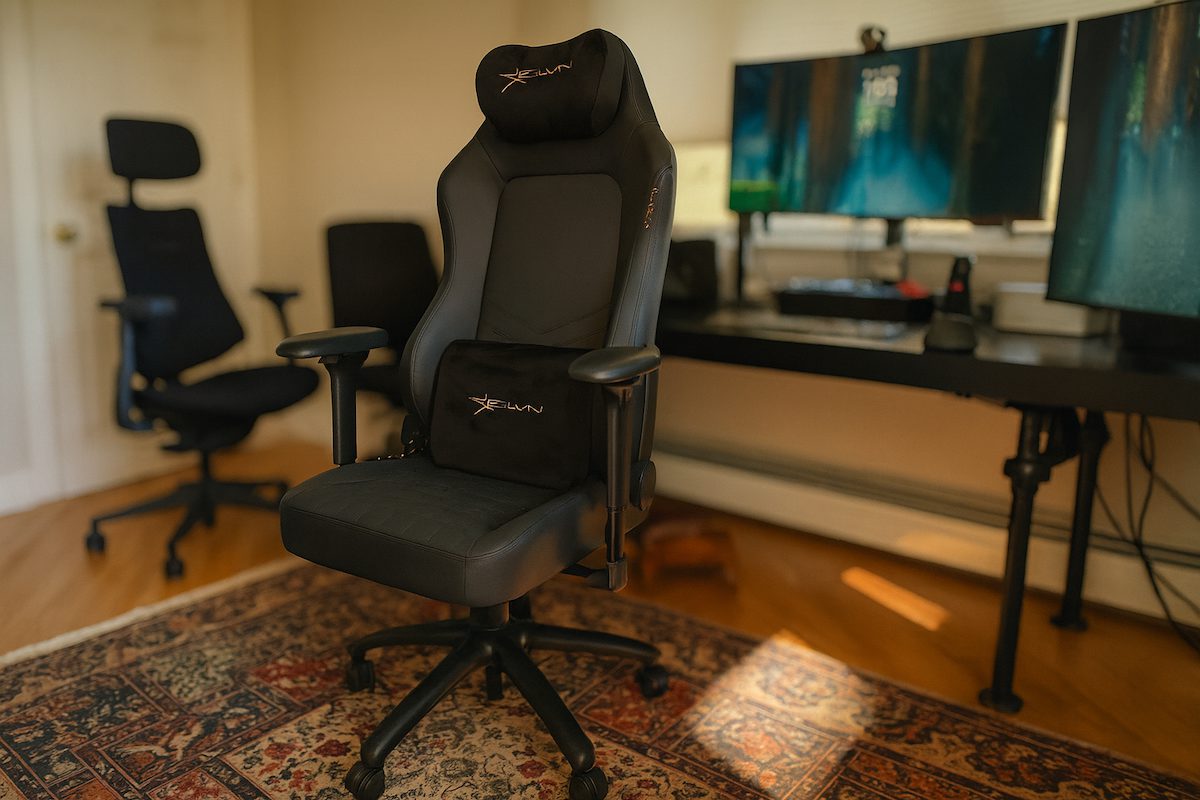Tech evolution accelerates faster than phone batteries drain during video calls. From Jetsons-style transportation pods to contact lenses that would make Tony Stark jealous, we’re seeing an innovation renaissance reshaping our world. Some technologies merely iterate while others transform our relationship with reality, creating new opportunities alongside complex ethical questions.
These breakthroughs are creating new playing fields. Unlike that fitness app you downloaded in January, these technologies will actually transform your life.
17. Neuralink Brain Implant
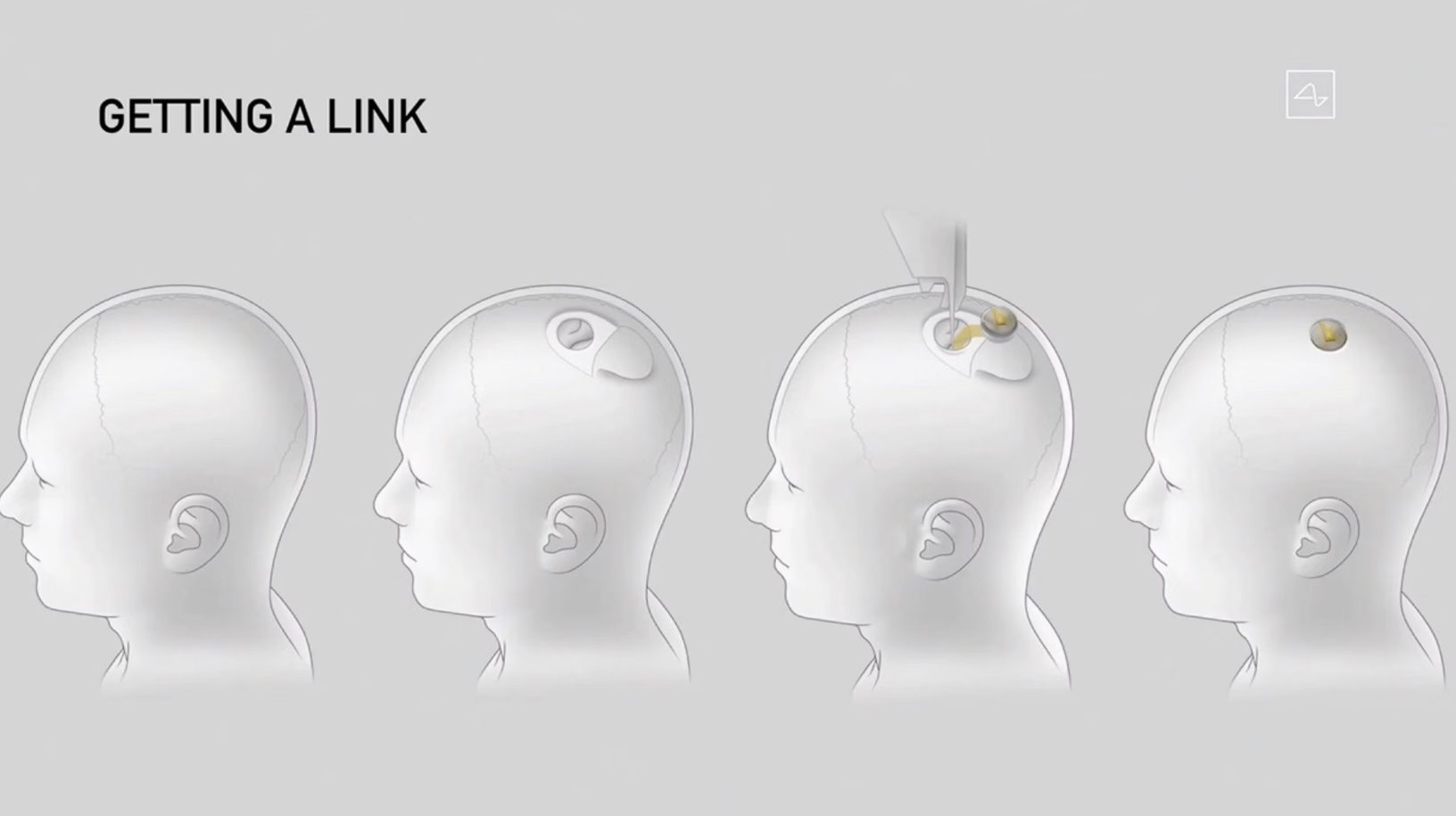
The brain-computer interface has entered clinical trials. Neuralink uses flexible electrode threads that read neural signals, potentially allowing thought control of devices—like having a mental remote for everything from prosthetics to smartphones. The first human implantation in January 2024 marked a milestone after successful animal trials, initially helping paralysis patients regain mobility.
While medical applications restore independence, longer-term possibilities raise questions about cognitive enhancement. The technology faces significant challenges, from surgical risks to data security concerns. Despite hurdles, brain-computer interfaces represent a potential paradigm shift—possibly the most significant advancement since touchscreens, but for neural pathways that make us fundamentally human.
16. CRISPR Gene Editing Kit
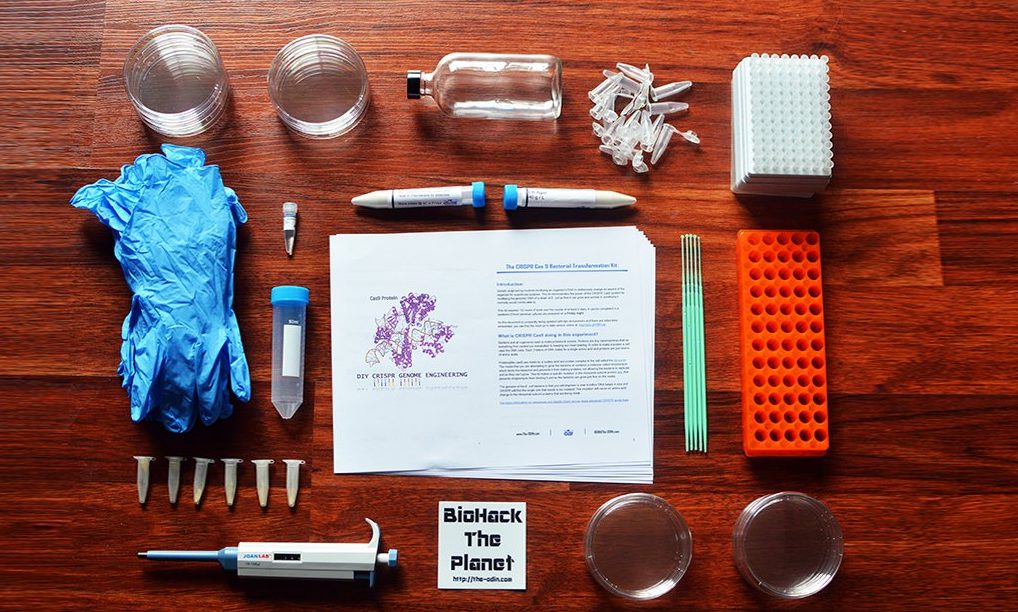
The genetic revolution has left expensive labs and entered a phase where editing DNA has become accessible to smaller research teams. CRISPR targets specific genes with sniper-like precision—upgrading from scissors-and-glue editing to word processing with find-and-replace.This Nobel Prize-winning technology enhances crops for disease resistance without waiting generations for traditional breeding.
While ethical debates continue around human modifications, CRISPR democratizes genetic research remarkably. Its precision and affordability accelerate discoveries that previously took decades, potentially transforming genetic diseases from management to elimination—like accessing the source code to bugs plaguing human health throughout history.
15. Graphene Cooling Film
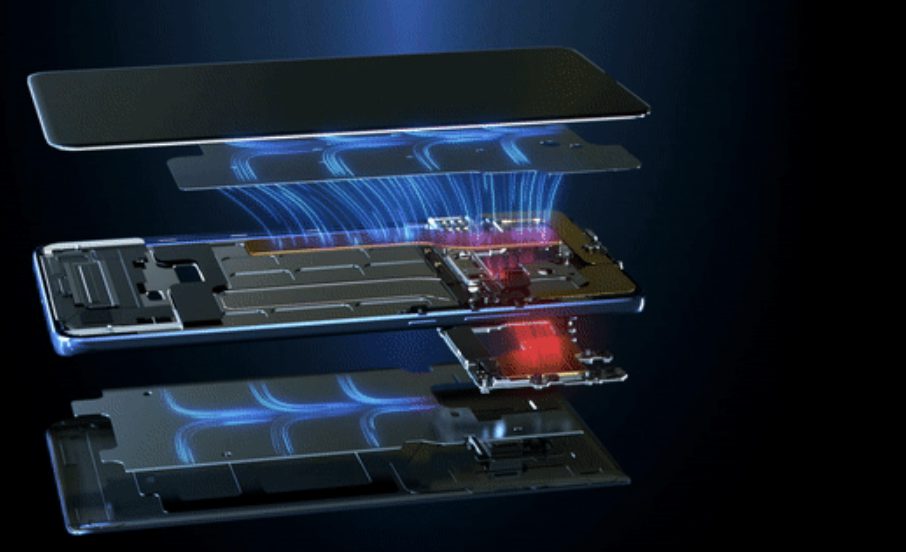
Your phone overheating tends to get very annoying. Enter graphene cooling film, the thermal equivalent of replacing garden hoses with Niagara Falls. This one-atom-thick carbon conducts heat ten times better than copper while outstrengthening steel by 200 times.
Huawei and Ford already use this material to keep smartphones and EV batteries from thermal tantrums. Its ultra-thin, flexible design suits curved screens where traditional cooling fails. While production challenges limit adoption, scaled manufacturing could enable devices to run faster and cooler—finally delivering laptops that don’t double as space heaters.
14. EPFL Brain Controlled Robot Arm
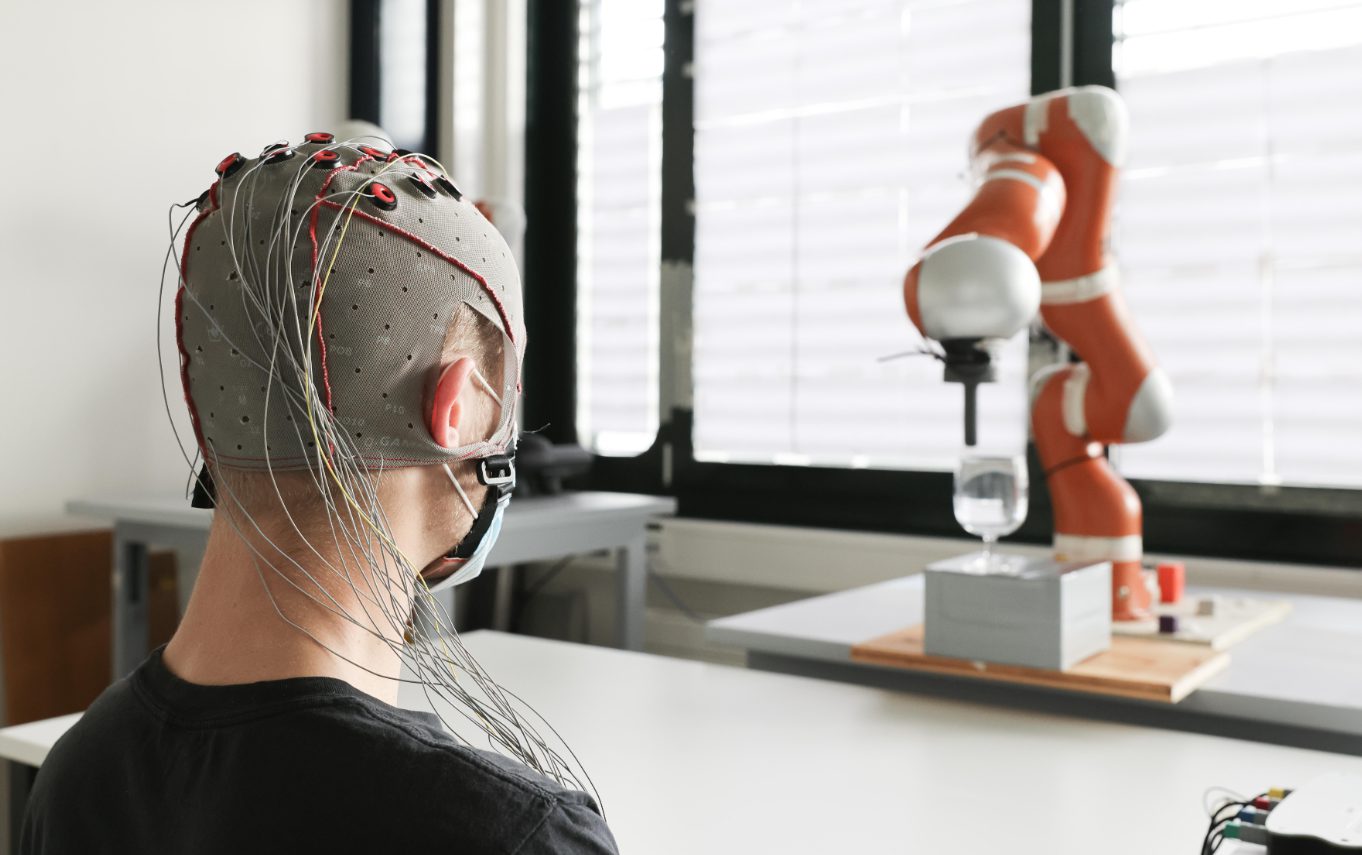
For paralysis patients, the EPFL brain-controlled arm offers independence through thought alone. The system reads brainwaves through noninvasive EEG caps, translating neural signals into robotic control—like having a sidekick responding directly to thoughts instead of voice.
Unlike surgical approaches, this technology prioritizes accessibility through external sensors, though with lower precision. AI algorithms learn each user’s unique brain patterns, improving like speech recognition adapting to your voice. Beyond restoring physical abilities, this addresses emotional aspects of disability by reconnecting users with their environment. The non-invasive design makes brain-computer interfaces accessible to millions with mobility limitations rather than just surgical candidates—democratizing independence for those who retain mental direction despite physical limitations.
13. SpinLaunch Kinetic Launcher

Space launches typically involve rockets burning massive amounts of fuel. SpinLaunch instead asked, “What if we just deleted satellites into orbit?” Their launcher spins payloads to 5,000 mph before release, creating the world’s most extreme centrifuge. This cuts launch costs and environmental impact by eliminating rocket fuel for initial ascent.
While unsuitable for delicate equipment or humans, it works perfectly for sturdy satellites under 200kg. The system has proven its concept with successful tests, though orbital launches remain challenging. SpinLaunch represents space democratization—like going from mainframes to personal computers, but for satellites previously requiring NASA-level budgets.
12. Apple Vision Pro
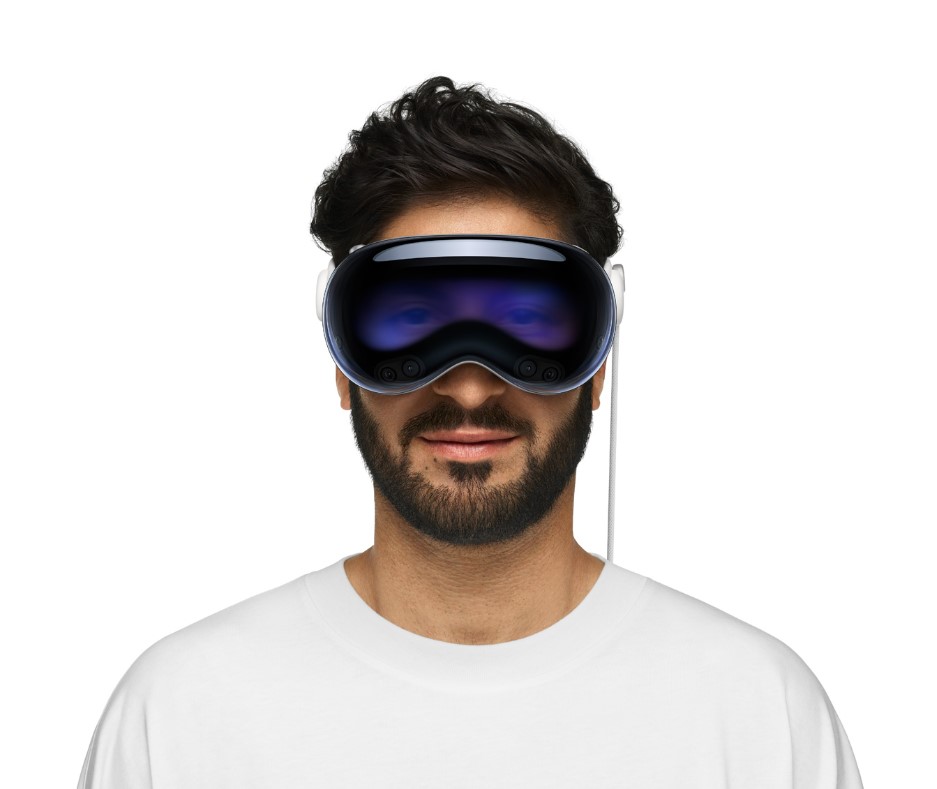
The Vision Pro makes regular VR headsets look like childhood View-Masters. Apple packed 20 million pixels, spatial audio, and control systems that respond to eyes, hands, and voice—what Tony Stark would design instead of Iron Suits. The $3,500 price exceeds most budgets, but analysts expect cheaper versions within 3-5 years, following Apple’s “premium first, mainstream later” approach.
The technology shines where visualization matters: architects walking clients through nonexistent buildings or surgeons practicing procedures. The breakthrough isn’t just visual quality but how naturally you interact with digital objects that feel genuinely present.
11. DARPA Soundwave Extinguisher

Firefighting hasn’t changed much since replacing bucket brigades with hoses. DARPA’s soundwave extinguisher brings audio engineering to fire suppression. The system uses acoustic frequencies to disrupt combustion—essentially telling fire “stop” in a language it obeys.This clean approach eliminates water damage and chemicals, perfect for data centers or spacecraft where solutions cause more damage than fires.
The technology disrupts pressure fields around flames, preventing oxygen from reaching fuel. While best for small fires currently, research aims to scale for larger applications, including drone-mounted sound cannons. This represents firefighting reimagined for the digital age—addressing flames with noise-canceling precision rather than the brute force approach used since discovering water extinguishes fire.
10. Mojo Vision AR Contact Lens
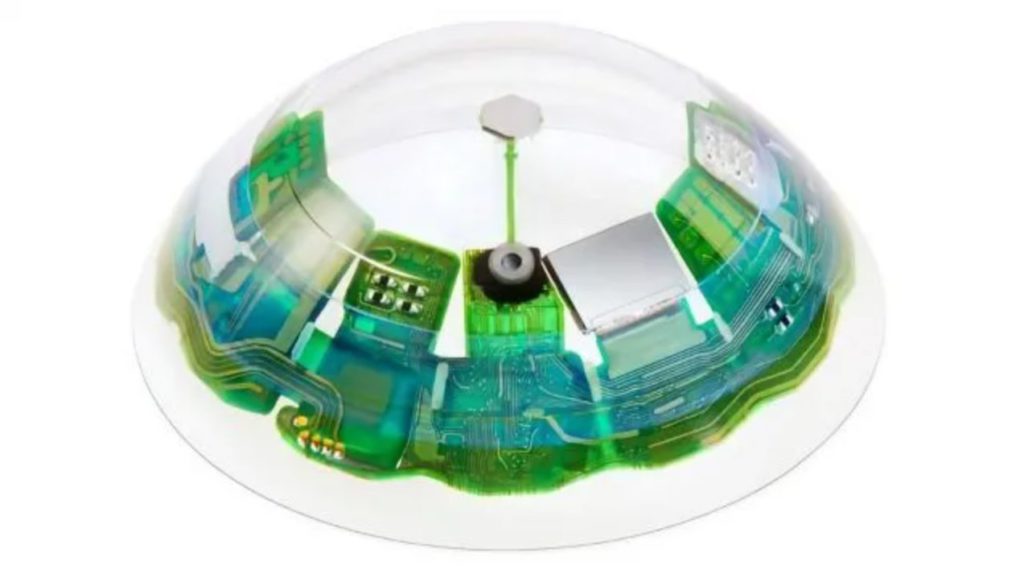
Remember when smartphones seemed magical? These AR contacts make your iPhone look like a calculator watch. Mojo Vision created a micro-LED display that sits on your eyeball, controlled by eye movements—like Minority Report interfaces without Tom Cruise running everywhere.Beyond discreet notifications, these lenses could transform accessibility by enhancing visual information in real-time.
The technology remains in prototype with battery and safety questions to solve. Soon, squinting at screens might be replaced by blinking through menus while maintaining eye contact during suddenly fascinating conversations.
9. Floating Dairy Farm in Netherlands
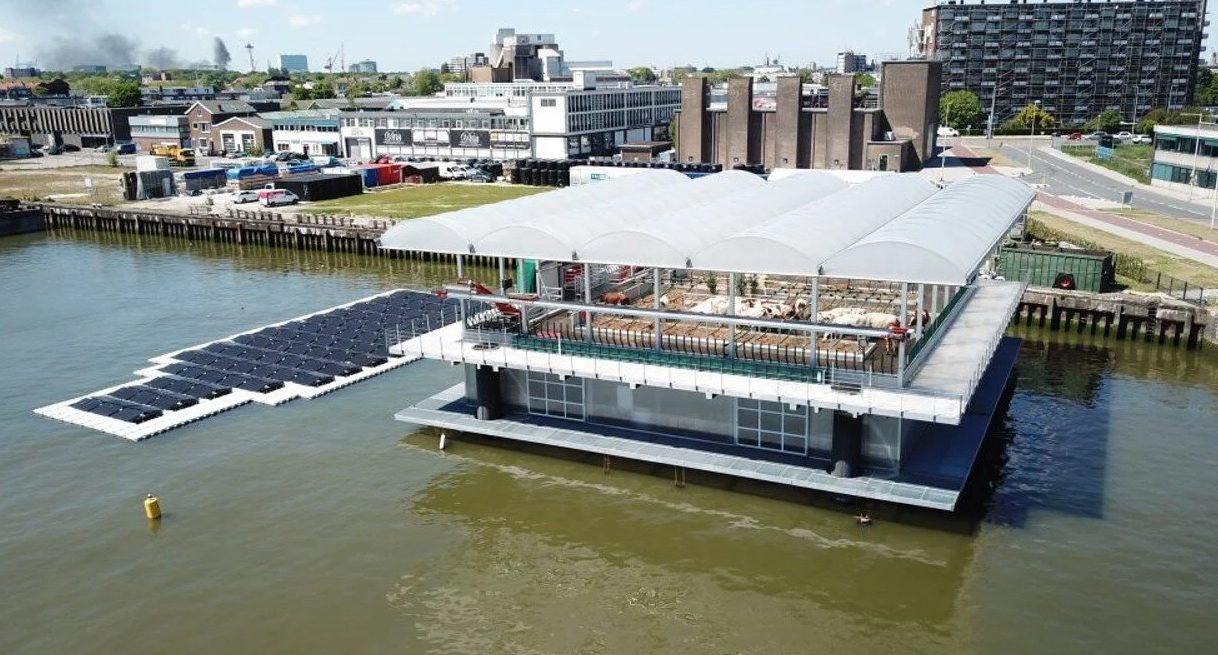
“Farm” and “boat” rarely share sentences, yet Rotterdam’s floating dairy farm combines them like chocolate-covered pretzels. This innovation houses 40 cows on a floating platform, creating a self-contained food system that makes sustainability influencers swoon. The farm combines advanced robotics with circular economy practices. Solar panels power everything, rainwater handles hydration, and food waste becomes cow feed.
Automated systems handle milking while sensors monitor animal health better than most people track fitness. This approach offers coastal cities resilient food production that rises with water levels, adapting as climate change reshapes shorelines faster than dating apps reshape relationships.
8. Q Bio Digital Twin Scanner
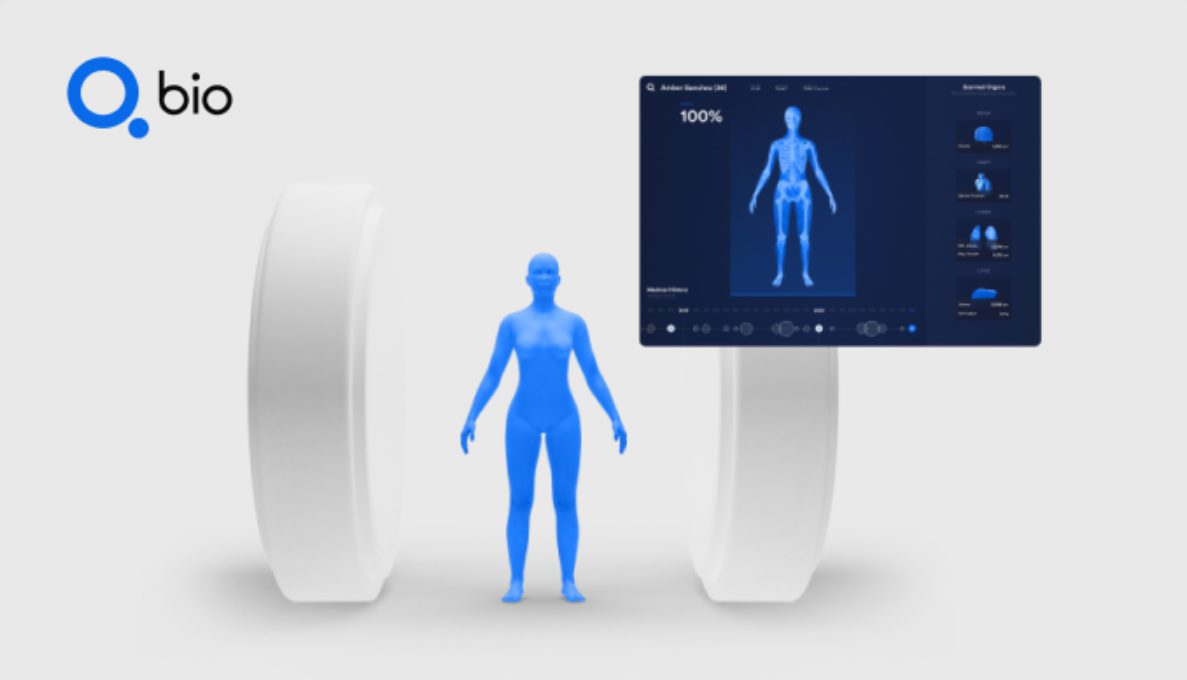
Traditional checkups offer the precision of checking a car’s health by kicking tires. Q Bio’s scanner creates comprehensive 3D models tracking everything from hormones to liver fat without needles. The technology builds personalized baselines that detect subtle changes—catching issues before they become WebMD nightmares.AI analysis shifts medicine from reactive treatment toward proactive prevention.
While the premium service remains limited to select locations, the approach represents healthcare’s flip phone-to-smartphone transition—a fundamental platform change rather than minor improvement. While raising questions about data privacy, its ability to detect conditions before symptoms develop could restructure healthcare economics with truly personalized prevention that works better than generic advice most people ignore.
7. E-Skin for Remote Touch

Video calls brought faces across distances; e-skin delivers touch—digital communication’s missing element. This flexible material contains sensors capturing and reproducing pressure, temperature, and texture wirelessly—creating a physical emoji system better than any heart icon.The technology enables remote medical examinations with tactile feedback, lets gamers feel virtual environments beyond vibrations, and helps robots navigate through touch.
E-skin’s profound potential lies in maintaining emotional connections during separation, enabling physical contact despite distance. While prototypes show promise, challenges remain in battery life and creating natural sensations. This could transform online presence, moving from seeing to feeling connected in a world where digital relationships increasingly supplement physical ones.
6. VR Smell Device

Visual and audio immersion advanced dramatically, but VR smell devices tackle the frontier that 8K displays can’t reach. These systems heat odor compounds synchronized with visuals, creating experiences triggering powerful emotions—like upgrading from watching cooking shows to smelling the dishes.Smell connects directly to limbic and memory systems, unlike other senses, making virtual experiences more engaging than even spectacular visuals.
Games gain realism when forests smell like pine or battlefields include gunpowder. Training benefits from authentic smoke or chemical odors. While controlling scent dissipation remains challenging, early products ($200-$500) show growing interest. This technology could be for VR what surround sound was for home theaters—finally convincing your brain you’re truly elsewhere rather than watching.
5. Basilisk Self-Healing Concrete

In a world where potholes multiply faster than streaming services, self-healing concrete sounds like fantasy. Basilisk created concrete with dormant bacteria that activate when cracks appear, producing limestone that seals damage, like tiny maintenance workers embedded in bridges.
Though 30% more expensive upfront, the economics impress accountants: reduced maintenance costs, extended lifespans, and fewer construction-related traffic jams. Environmental benefits include lower carbon emissions throughout its lifecycle. This approach shifts infrastructure from inevitable decay to structures that improve over time, like reverse Benjamin Button buildings that strengthen instead of crumbling.
4. Quantum Computing

Classical computers processing bits as 0s and 1s resemble building skyscrapers with wooden blocks—impressive but limited. Quantum computers use qubits existing in multiple states simultaneously, enabling calculations that make supercomputers look like potatoes running calculators. Google’s Sycamore completed in 200 seconds what conventional systems would need 10,000 years for.
This technology could revolutionize medicine by discovering drugs in days instead of decades, enhance climate predictions, and develop advanced materials. Despite progress, challenges remain: systems need cooling near absolute zero, face error correction hurdles, and require new programming approaches. Major companies invest billions, knowing that leadership in this field could redefine technological supremacy across industries faster than you can say “quantum advantage.”
3. Xenotransplant Breakthrough

Organ shortages kill approximately 17 Americans daily while awaiting transplants, but xenotransplantation offers a solution beyond waitlists. Scientists modify pig organs using CRISPR to reduce rejection—removing problematic genes and adding human ones like updating biological firmware.
A patient surviving two months with a pig heart in 2022 demonstrated the potential to transform transplantation from a waiting game to a scheduled procedure. This could eliminate uncertainty for over 100,000 Americans on transplant waitlists. While rejection and safety challenges remain, research advances quickly. Xenotransplantation represents one of medicine’s most promising frontiers—potentially shifting from organ scarcity to abundance with the impact that app stores had on software, but for life-saving biological components.
2. Colia 3D Food Printer
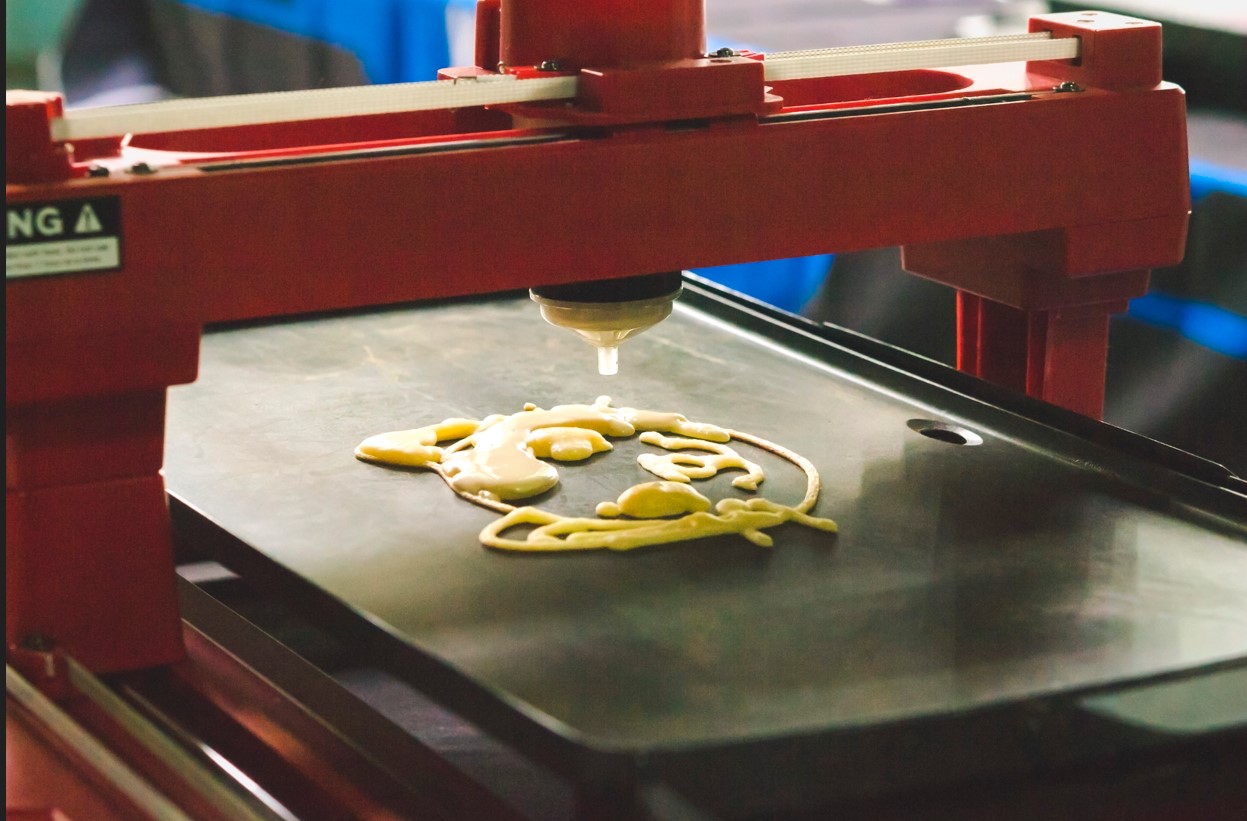
Microwaves revolutionized meals in the 1970s; the Colia 3D food printer may do the same today. This gadget uses food-grade materials and laser cooking to create customized dishes with unprecedented precision—like having a Michelin chef who never complains about dietary restrictions.
The system controls portions, ingredients, and cooking temperatures for textures impossible through conventional methods. This particularly helps dietary-restricted individuals enjoy appealing meals instead of sad alternatives. Healthcare facilities could transform institutional dining with personalized patient meals while reducing waste. Currently priced for early adopters, consumer versions should become affordable as technology matures, changing food preparation as dramatically as streaming changed entertainment consumption.
1. Bioprinting
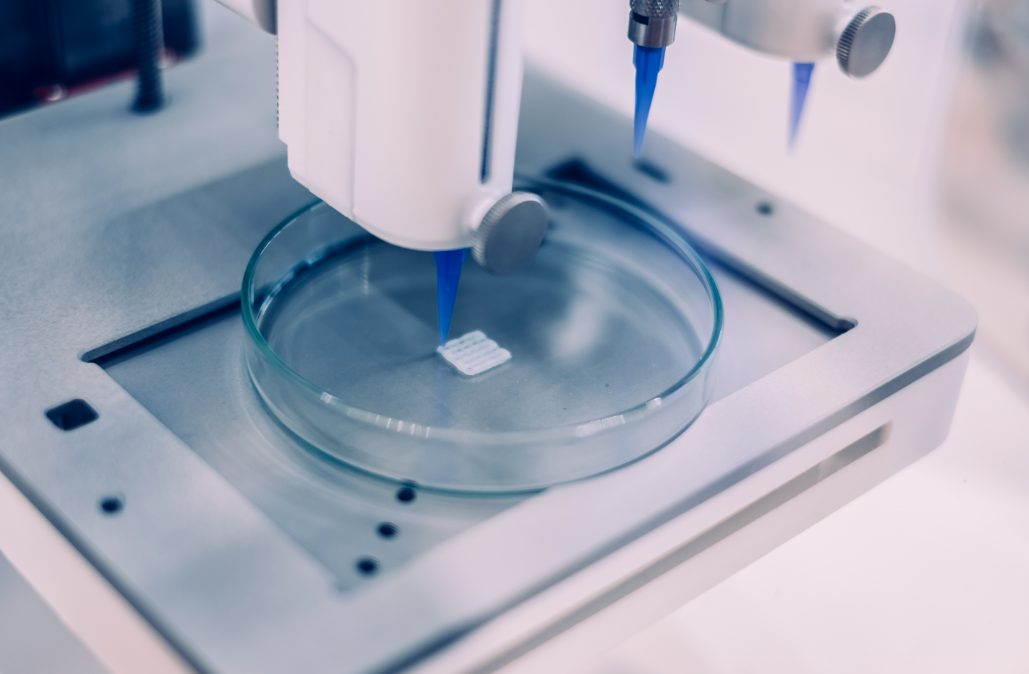
3D printing revolutionized manufacturing; bioprinting aims to do the same for transplantation. This technology uses living cells as “ink” to build tissues layer by layer—upgrading from plastic trinkets to functional biological structures like kidneys and hearts. Patient cells minimize rejection, potentially eliminating immunosuppressants that trade one condition for another. While complex organs remain under development, simpler tissues already show viability.
The technology could transform transplantation from desperate waiting to scheduled procedures with custom replacements. Blood vessel network creation remains the key research challenge. Bioprinting represents biology-technology convergence that could make organ shortages as obsolete as video rental stores—creating an era where human replacement parts become available on-demand rather than requiring donation. Some innovations dazzle not just with potential but with pure wow-factor—the kind that feels straight out of science fiction. Take a look at 10 mind-blowing gadgets that redefine what innovation means in 2025.


